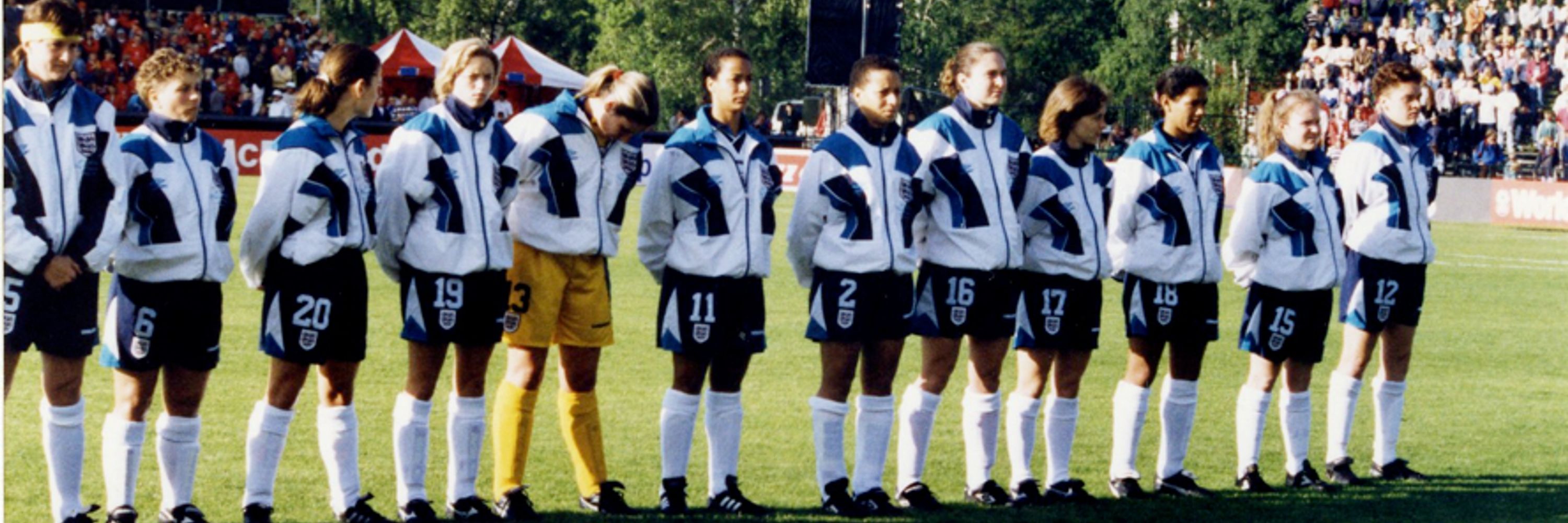Dr Alexander Jackson
@dralexanderjackson.bsky.social
320 followers
200 following
320 posts
Curator @nfmofficial.bsky.social Former utility DEF. Views my own.
2023 Lord Aberdare Literary Prize Winner for Football's Great War by Pen & Sword.
Posts
Media
Videos
Starter Packs




















